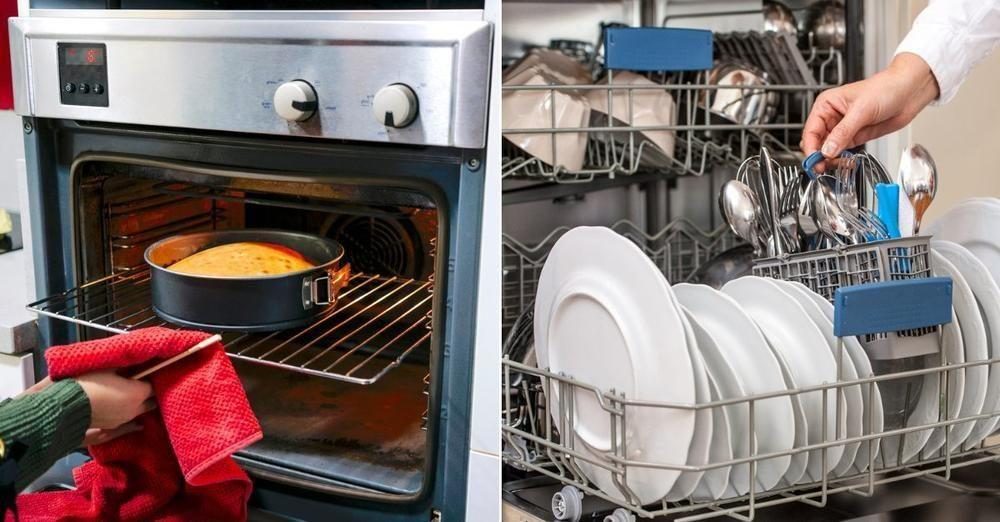Seven Home Appliances That Consume A Lot of Energy
Everybody is always trying all they can to reduce their monthly energy bills by minimizing wastage and managing usage. Thanks to the US Energy Information Administration (EIA) annual energy outlook, it is easy to pinpoint the appliances that consume the most energy in a single-family household. Keep reading if you want to make wiser choices when trying to maximize energy usage.
;Resize,width=742;)
1. Heaters
This is the number one appliance that consumes electricity in homes. They account for a whopping 31.3% of the total energy consumption, which is why they are where your greatest focus should be.
Carry out an energy audit in your home to pinpoint where there are leaks then, after finding them, efforts can be made to ensure the heating efficiency. One main area where there is usually heat loss is the insulation. Opt for loose-fill insulation if your home is old but if it is new, get a spray foam.
2.Water Heaters

Water heaters account for 13.6% of a home’s energy, making them the second largest consumer. Unfortunately, this appliance is a necessity all year-round, which is why you need to find energy-efficient solutions quickly to lower consumption.
One method is to install a tankless water heater that will only heat water when it is needed rather than storing it and continue heating it throughout the day. You could also invest in a solar-powered water heater.
3.Cooling Appliances

Cooling a house requires a lot of energy which is why you can expect appliances that carry out the task to consume electricity. It takes up to 10.7% of the total energy consumed and ranks third on the list.
To conserve electricity, you can do an energy audit to find out places where the cool air might be wasted, then use similar methods to reduce heat wastage to make sure the insulation is properly installed. You can also try weatherstripping your home to seal the gaps and cracks, effectively preventing cool air from escaping or hot air from blowing in.
4.Refrigerators

Those we use at home consume 4% of the total energy used. To conserve energy, consider updating them so they can use up less energy. Newer appliances utilize less energy, so getting a smart fridge is recommended. These smart fridges can also alert you if there is any problem.
5.Clothes Dryers

Clothes dryers can also be updated to ensure they consume as little energy as possible. Cloth dryers use 3.2%, so it is also advisable that you only use them when you have to. Energy star-rated versions are the best when it comes to saving energy.
6.Lighting

Lighting accounts for 2.8% of the total energy consumption. The effect is not that substantial however, combining energy-saving efforts with other appliances will have a considerable impact. You may also want to install smart lighting, which turns the lights off once you exit the room.
7.Home Entertainment Equipment

They account for 2.8% of a home’s energy. To lower that number, you can get a smart plug that can shut off power totally, especially at night. They can also track energy data to help you better control the usage of other differences.
;Resize,width=767;)

;Resize,width=712;)
;Resize,width=712;)
